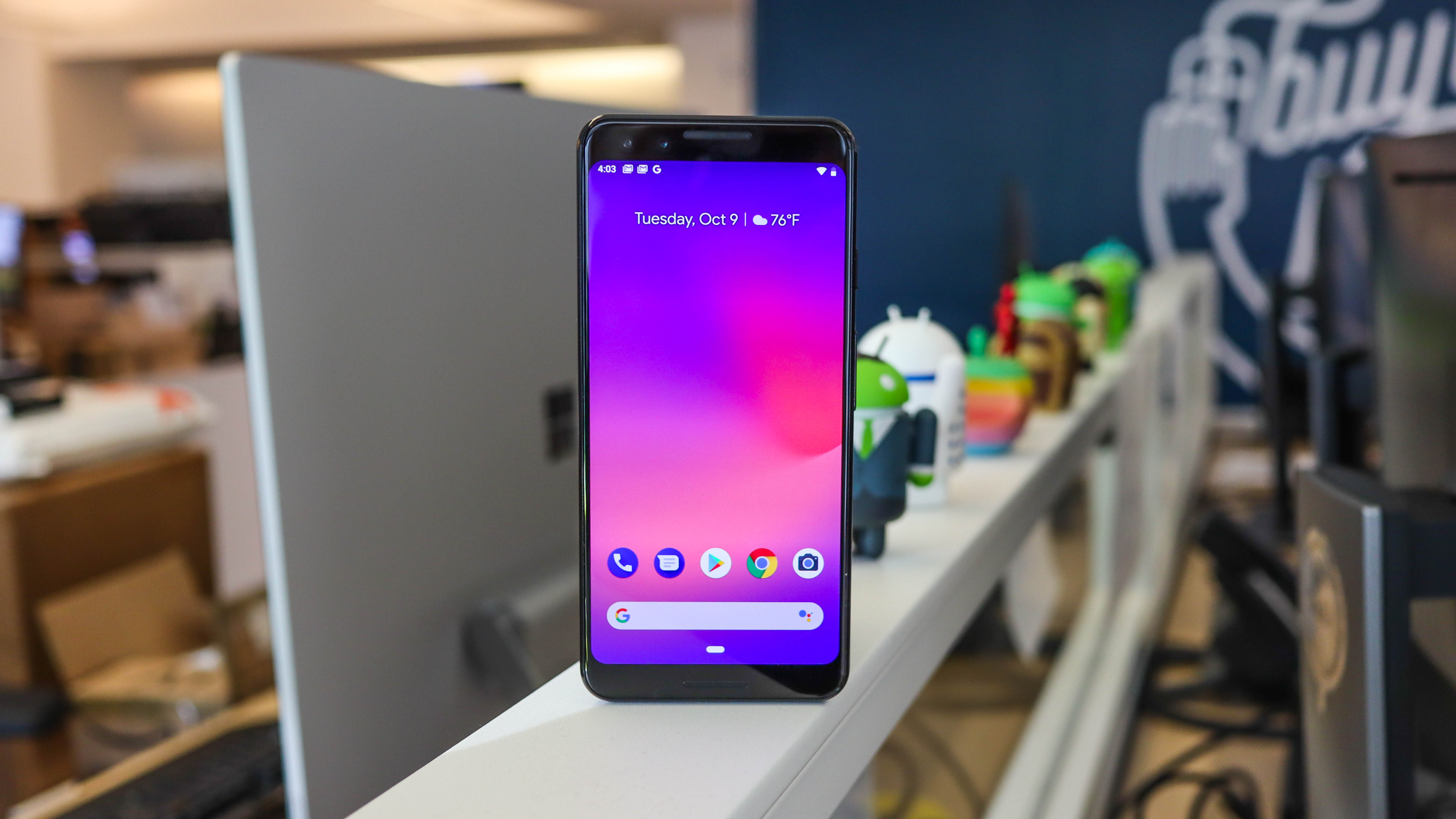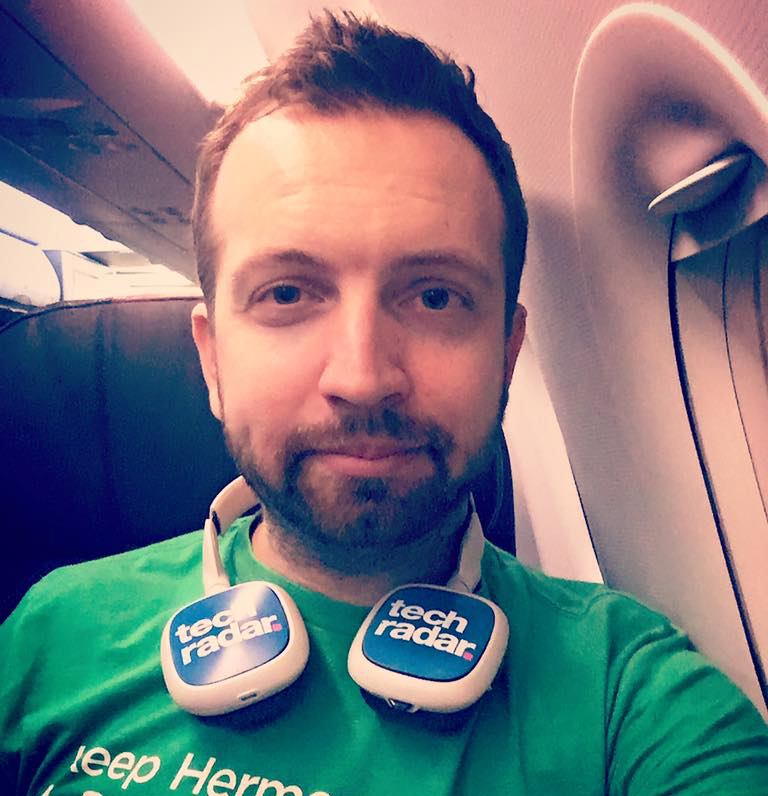Why you can trust TechRadar
Verdict
The Google Pixel 3 is offering a lot, and in a tighter package than most other flagship phones – the larger Pixel 3 XL included. Chief among them is the single-lens 12.2MP rear camera that delivers slightly better photos and, even more importantly, consistently usable photos compared to the competition. Samsung and LG camera phones occasionally exhibited blurriness or poor low-light performance, and Apple’s iPhone XS Max liked to using warmer than necessary color tones. The Pixel 3 delivered the best pictures each and every time. The one and only time it blurred the foreground subject (us) was when we were wearing sunglasses – it so relies heavily on subject recognition.
The Group Selfie Camera, part of Google’s front-facing 8MP camera duo, doesn’t revolutionize selfies. But it does help capture what you’re posing or who you’re posing with. It puts your selfies into context, especially when you're with a bunch of friends or in front of tall, iconic buildings. There are noticeable funhouse-mirror distortion around the edges if you’re not careful with how your frame your Group Selfie Camera shot.
You will have to forgo the additional battery life that comes with larger phones when picking the smaller Pixel 3. That’s the one major issue we had with this smartphone, especially when photo-taking power users are the key audience.
We liked carrying around the Google Pixel 3 more than the larger Google Pixel 3 XL. This is the one-hand-friendly version of the Pixel 3 XL that your grip will appreciate, and you don’t have to worry about the notch cut out at the top. It’s also cheaper than most other flagship phones in 2018, even if it is more expensive than the Pixel 2. It's not only Google's best camera yet, it's the best camera on any smartphone today.
Should I buy it?
Yes, if you’re seeking the best camera phone at a reasonable size and a reasonable price. You’ll get the best photos from the Pixel 3 and Pixel 3 XL, and the smaller phone is more one-hand-friendly than most flagship handsets. Power users may want to opt for the larger Pixel 3 XL given its larger battery capacity.
Who’s it for?
The 5.5-inch Google Pixel 3 is best in the hand (singular hand) of someone who wants the best phone camera without having to opt for a handset as big as the Samsung Galaxy Note 9 or iPhone XS Max. It’s priced competitively next to its rival phones, and delivers more consistently rich photos.
Competition
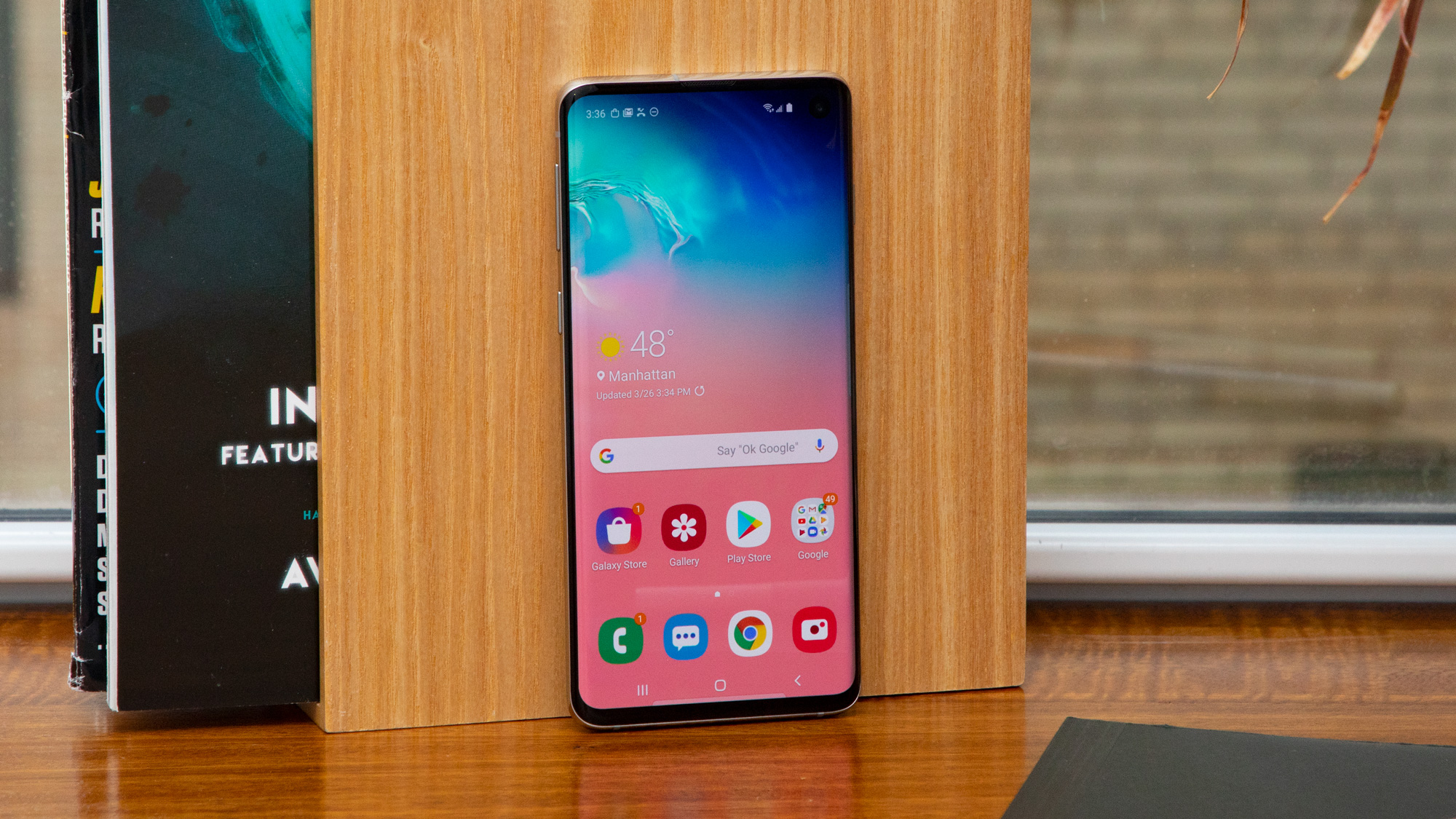
Samsung Galaxy S10
The Samsung Galaxy S10 is perhaps the Pixel 3's closest rival, though it's a little newer and a little more powerful.
It also has a more modern design, with a punch-hole camera and a curved screen, plus an in-screen fingerprint scanner.
It's a little more expensive, but not by much. However, while the S10's three rear cameras impress they also demonstrate that more isn't necessarily better when compared to the Pixel 3's offering, and you'll have to put up with a less clean take on Android and slower updates if you opt for Samsung's phone.
Full review: Samsung Galaxy S10

Samsung Galaxy S9
The Samsung Galaxy S9 was once the chief rival to the Pixel 3, with a larger 5.8-inch screen and more elegantly curved design. Its 12MP camera is also incredible, though, in our tests, not quite as good as the Pixel 3 and Pixel 3 XL. Samsung’s camera software is a little more robust for selfie taking (triggering selfie photos is easier with your hand), smooth hyperlapses, and super slow motion footage.
Full review: Samsung Galaxy S9
iPhone XS
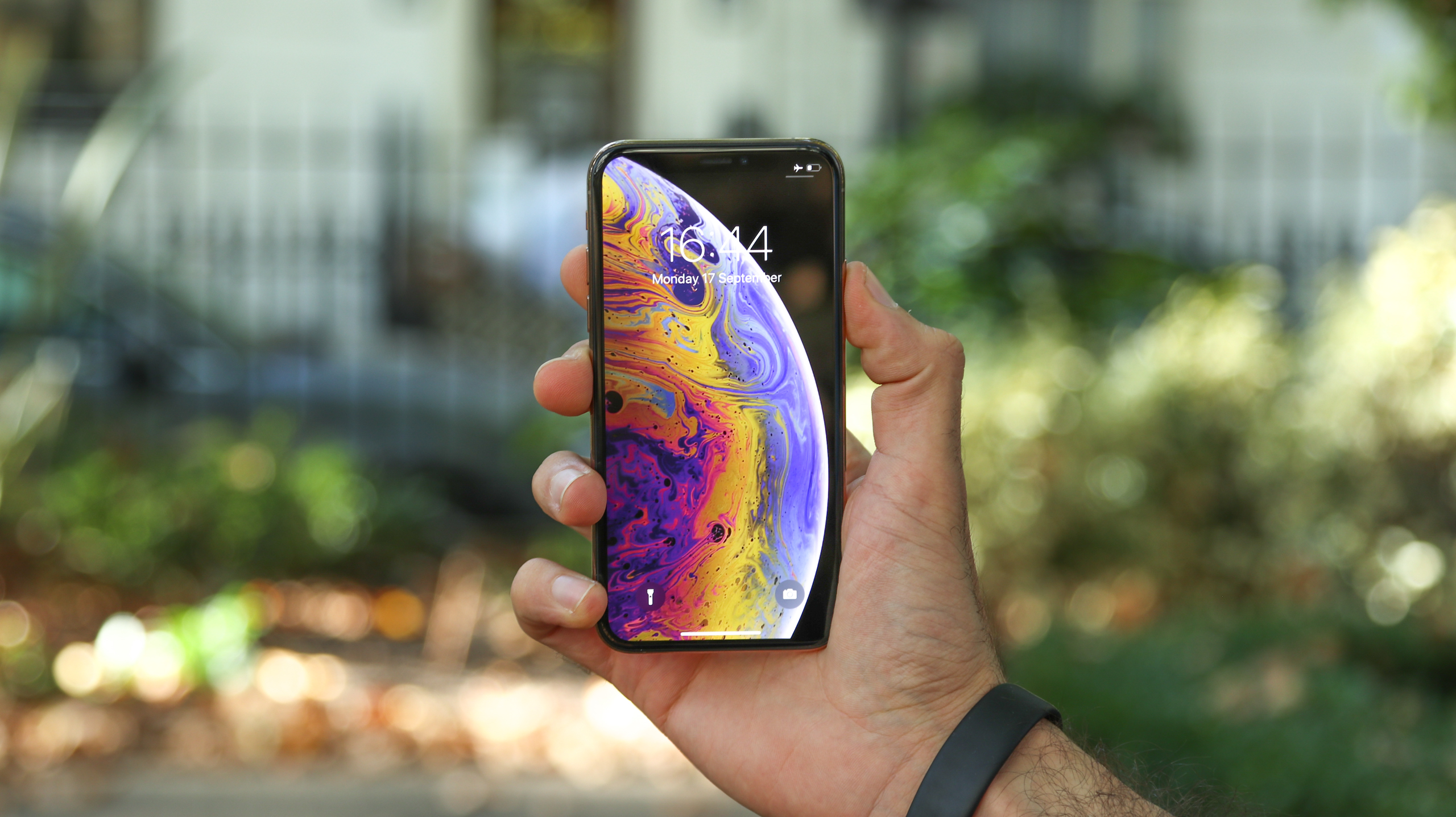
iPhone XS is great camera performer and has a 5.8-inch screens size. However, the operating system is a bit different from Android, so there’s some adjustment when entering or exiting Apple’s walled garden ecosystem. The photo colors are almost always warmer on the iPhone XS compared to the Pixel 3, and we found slightly more detail in Google’s camera.
Full review: iPhone XS
OnePlus 6T
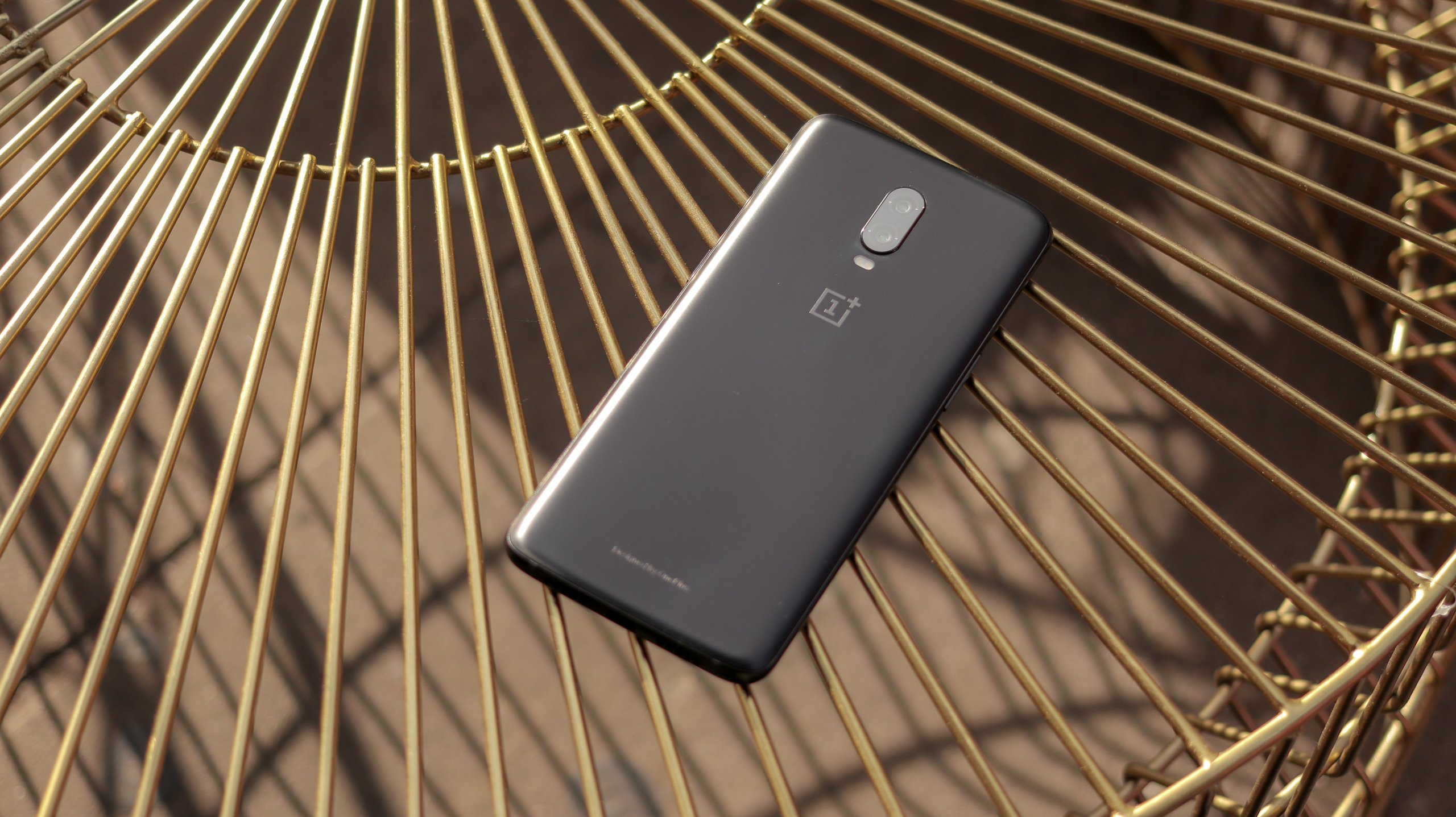
The OnePlus 6T's camera isn't as good as the Pixel 3's, but given that it's a substantially cheaper phone that's okay. And it is a good snapper, with a 16MP and 20MP dual-lens arrangement on the back, complete with optical image stabilization.
Elsewhere, the OnePlus 6T has the same chipset as the Pixel 3 and more RAM, along with a 6.41-inch screen with a 1080 x 2340 resolution and an in-screen fingerprint scanner.
Full review: OnePlus 6T
